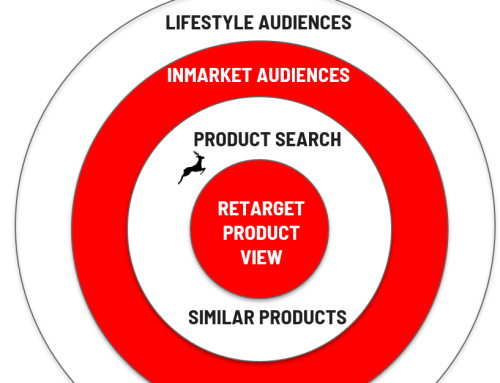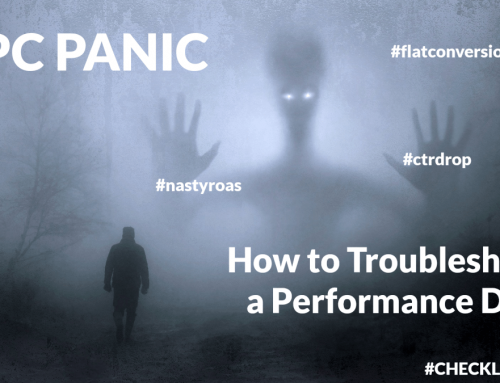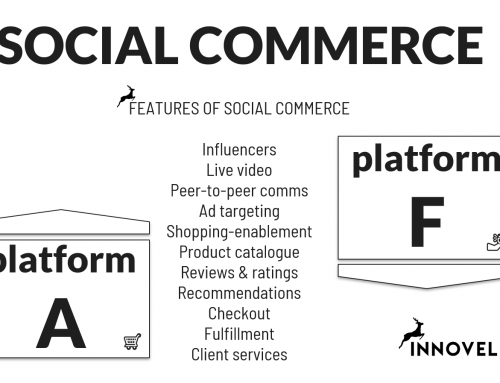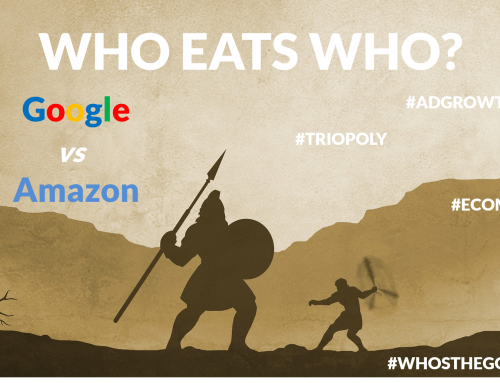What an ugly start of Day 2 on SMX Paris. I was so keen on supporting Purna Virji from the first row during the presentation. Not that she needs it but it is always nice to assist sessions with great speakers like herself. Unfortunately, Parisian Transportation Gods were particularly unfavourable today and I spent 2 hours getting to the venue and totally missed her presentation.
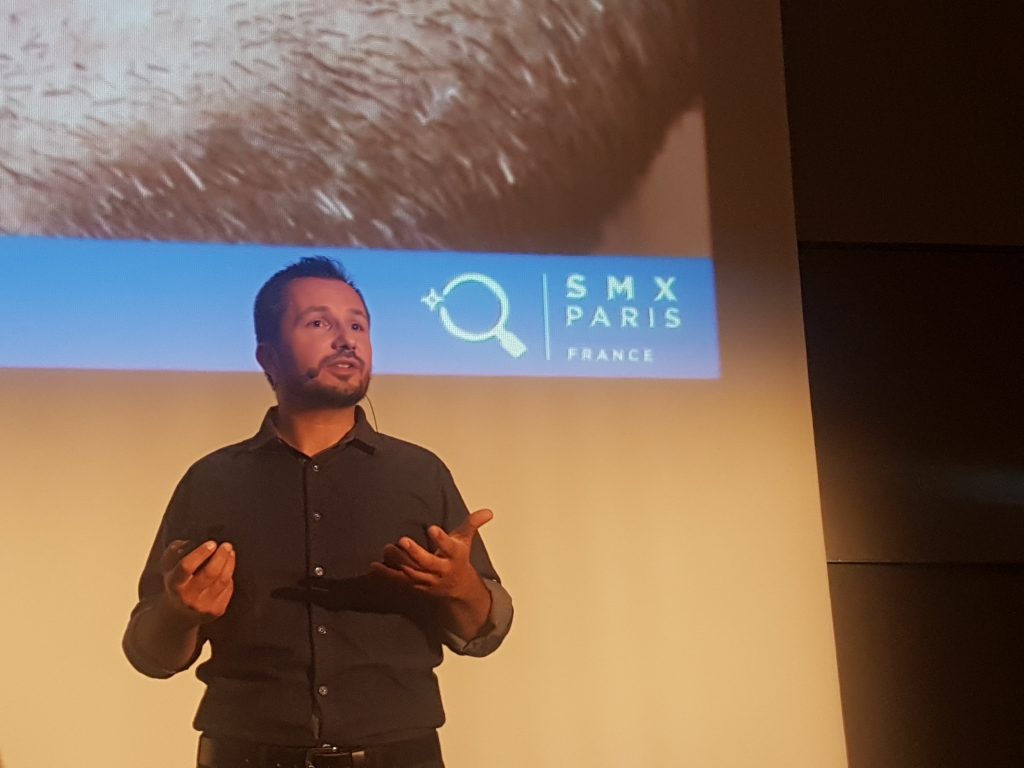 I got there in time for “Recovery” – not from Transportation Weariness – but from something much worse, Google Penalties!! Kaspar and his Search Bro, Fili Wiese, are Xooglers (ex-Googlers) who used to work in the Search Quality teams. They were managing penalties and reinclusion requests at that time and today, this is what they do for a living. Help sites that have been penalised to find their way back into the Google Index.
I got there in time for “Recovery” – not from Transportation Weariness – but from something much worse, Google Penalties!! Kaspar and his Search Bro, Fili Wiese, are Xooglers (ex-Googlers) who used to work in the Search Quality teams. They were managing penalties and reinclusion requests at that time and today, this is what they do for a living. Help sites that have been penalised to find their way back into the Google Index.
Doing this is both very easy and very complex. Very easy because all you need to do is to respect all the Google Webmaster guidelines. Work by the book and regularly do audits to make sure nobody has messed up to make your site look bad (Negative SEO is more rare than people think).
Very difficult, on the other hand, because if you do SEO, you are necessarily trying to do things to improve your rankings and therefore possibly moving inside the gray area where you could be penalised if you pushed too far.
Then what do you do? Weeeelll, if you have been penalized, the first thing you have to figure out why (sometimes you haven’t been penalized, you just haven’t been succesful with your SEO ?). Google are not telling you. Then you have to clean up and document what cleaning you do. In this process, make use of some of the many tools available in the market (Kaspar mentioned screamingfrog, ryte, ahrefs, deepcrawl, semrush, majestic, linkresearchtools, botify) and especially the most important one, Google Search Console. And finally, once you have cleaned up – likely using the disavow tool for backlinks you don’t acknowledge if it is a link penalty – you will make your reinclusion request via the Google Search Console. In this phase, avoid annoyance, denial and excuses will not help you. Finally, you will need to wait for Google to react and maybe remove the penalty.
I did a Reinclusion project for a client many years ago and my question to Kaspar today was :
What has changed in the past 10 years on the process for reinclusion into the Google index?
Not much, according to Kaspar, you site still has to abide to the rules. There are more tools available to you, a bit more information in the Google Search Console and Google are dealing with the penalties more efficiently.
Kaspar ended up throwing in a couple of URLs for us. A guide to Google penalties on read.sc/penalties and a tool on disavow.tools.
Let’s Snap over to something else
Bit of a gloomy start of the day but luckily there came this bright moment of the Snapchat session. How to build your brand equity on Snapchat. Quite a challenge for most brands as Snapchat seems such an impenetrable world for many.
Snapchat audience figures for France @snapologieClarisse Gratecap from Snapologie, helps brands work with Snapchat. She explained how the audience you find on Snapchat maybe a little different than what you expect. Of course there are teenagers but in France, the most important user group is 18-24 years old (38% of the population).
More importantly, Snapchat users have a certain level of exclusivity – there is only a 50% overlap with Instragram users. In other words, there are likely audiences on Snapchat you will not be able to address via other channels.
What stands out on Snapchat is the creativity brands are applying to their activities. Clarisse walks us through a number of examples. LACMA using snapchat to make art discovery fun for young people, Stranger Things (Netflix), connecting with fans via immersive experiences inside the TV series settings. A supermarket chain using snapchat stories with snapcodes in the shops to illustrate the story of product freshness. A retailer using a simple game to drive users towards product discovery and of course the great Easter egg search, Snapchat organised via their Maps function.
Margaux Dauce, Michel et AugustinClarisse was followed by Margaux Dauce from Michel et Augustin who have been using Snapchat extensively for 2 years. They use snapchat as a conversation channel with their audience and the channel corresponds really well to their values of creativity, authenticity and immersion. They use snapchat actively every day both to an internal and external audience. Their use of Snapchat inspired me to call it #snaplogging.
I learned a number of things in the session. I love snapchat for the face filters and sometimes exchange silly photos or videos with my kids. But practically, today was the first time I scanned a Snapcode. It is a bit like a QR code (which, by the way, I never really believed in).
snapcodes made as physical objectsClarisse revealed the fact that you can create your own Snapchat Lenses with « Lens Studio » and have snapchat associate a snapcode to go with your Lens. Maybe something to try out as this is a completely free option. Thanks again to Clarisse and Margaux.
As one of the most advanced technologies in Augmented Reality, Snapchat should probably be part of every digital marketer’s roadmap in order to prepare for the future of engagement and of digital immersion.
Dynamic Search Ads (DSA)
It was a day of jumping from track to track. I was particularly interested in the following « SEA » or « Paid Search » track session on Dynamic Search Ads, or DSA as this functionality is something I mention in my “Major trends …” presentation at the European Search Conference a couple of weeks from now. Dynamic Search Ads are present within my « Functionalities » category as a major trend in 2018 and I was eager to see results from how Adquality and their client La Halle using it.
In short, Dynamic Search Ads are a bit of a magic tool in Google Adwords. You put in your URL, you trust Google to match your site with the searches that are relevant for your site and you start getting traffic. Like for many magic tools, it is about taking a Leap of Faith but still not totally trust the algorithm to do a good job.
The motivations for the use of DSA were anchored in the need to expand the reach of La Halle’s @LaHalle search campaigns. And according to Cem Senoz @CemSenoz, Xoogler and now Agency founder shared with us:
15% of search queries every day are new and will never be repeated again
You can hardly guess these search queries in advance and thereby target them once they occur and that is where Dynamic Search Ads come in handy. Google will target for you. Close your eyes, buckle up, and let Google take you on a journey… and you don’t need an agency anymore. Joking aside, when DSA is used intelligently like in this case, you can expand your campaigns profitably. According to Sandrine Ferrari from La Halle this is exactly what her objective with these campaigns was. Increase the proportion of the Web channel in the overall sales of La Halle significantly. Overall, they have seen a growth of almost 20% of sales and reduced the cost of sales at the same time and DSA has been an important contributor to this success.
The use of DSA was first implemented on a part of the catalogue where La Halle wanted to expand their presence. As Adquality explained, it was important to provide the right granularity by providing the URLs corresponding to key pages. While setting up the campaign, the agency would use the existing keywords in other parts of the campaign as negative keywords and thus avoid cannibalizing their existing campaigns. They would also continuously monitor what keywords where driving this new performance and this was used to enrich both the existing campaigns and also inform the content strategy for La Halle.
A great use of a new functionality and even a bit of secret sauce: a Dynamic Search campaign is very compatible with an effective content and SEO strategy. The better the content, the better your SEO results and also the DSA results. We don’t always find this type of virtuous circle in digital marketing.
How about a Privacy detour?
I couldn’t resist it. The Data Performance Summit was just next door and I sneaked in to follow a GDPR session. Privacy regulation and GDPR is still on everybody’s lips – it seems like the passing of the 25th of May 2018 where the regulation came into effect did not actually calm things down. On the contrary, there is a lot of turmoil in Biddable media these days as everyone wants to reduce their risk.
Most of this was not new to me. But just as a summary, here are the points addressed:
- The need to have Consent to use personal data in your marketing – or the reason why you got GDPR spammed on the 25th of May.
- Legitimate interest or the realm where you do not need consent for any treatment of personal data you may have – or the reason why you maybe shouldn’t have received so many GDPR spam emails on the 25th of May
- Login networks – or the concept of centralizing your consent in one place which can then be shared with the various interested parties you are in contact with
- Intra-community differences in the EU: « it’s a mess » according to the speakers
- E-privacy regulation – the next step after GDPR, or the future of EU privacy regulation.
I am really a supporter of privacy regulation as I think we need to defend the degree of freedom we have in our societies and that was not necessarily the case with all the personal data circulating on the internet (a couple of articles I wrote that may be of interest: Start making sense again – How to figure out if you are Human)
Let’s just round this up with a really useful trick. IP addresses are personal data according to GDPR. And IP addresses are used for things like geotargeting and for server logs and more things. But by replacing the last 3 digits in an IP address, it becomes anonymous data although you can still geotarget to some extent. Useful trick in some cases.
IA, Chatbots … Future of Search
Back to our main topics, Search marketing. The last session of the day is about Chatbots. When they first started to appear, I admittedly saw them as a potential future for Search. The new interactive Search interface. Now, a couple of years later, we have come close with the combination of Voice assistants (Google Home, Amazon Alexa, etc) but there are some obvious challenges like the economic model – what happens when you are not looking for a product…
This last session of the day had three speakers presenting different aspects of Chatbots. Not so much about AI and the Future of search but interesting nevertheless.
Javier Gonzalez@javierhelly from botly insisted on the potential for Chatbots as well as the fact that the first generation of bots had not been particularly convincing. They were too linear and inflexible. The second generation of bots are both flexible and conversational. They are also connected with company data bases and can therefore provide more than a superficial exchange with the user.
Javier showed a few client examples of 2nd generation bots for clients like La Poste, Blablacar and FDJ.
The following presentation by Caroline Chupin @CarolineChupin from SNCF was also a good illustration of the evolution. She presented the Ouibot, a proprietary bot development deployed across the various platforms. They started out with a Facebook messenger bot, later built a bot for the Google platform and then for the website and now recently joined the bot on Amazon Alexa. At this point in time, the Ouibot can be used to search, book and alert but not yet to buy tickets. Several people in the audience asked whether the bot was able to inform about strikes and Caroline told us that this was a project they had now started working on so people could interrogate the bot about strike times and availability of the trips you planned.
Seems like the start and the end of this post is talking about SNCF and the Parisian Transportation Gods… and may they be with us in the Future!
This was the write-up for Day 2 on SMX Paris 2018. The write-up for Day 1 can be found here: AI as a service, AI for SEO, Vectors, Clusters and Audiences
I live-tweeted a lot of this on my Twitter account @soanders in French/English. Please follow me on Twitter to keep up to date on my activity.


